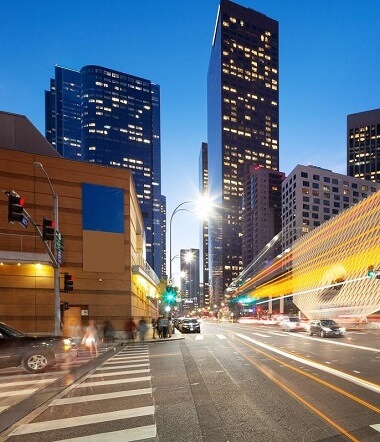
There is no doubt in saying that digital technologies are the backbone of today’s smart cities. These technologies are utilized and applied in almost every industry and sector. To make the most out of modern technology and its intelligence in the development of our cities, YCSPL would require the engagement of empowering citizens. Before our cities can become smart, they must be empowered enough by giving the power back to the hands of their citizens.
More often than not, designers and planners ideate and design buildings, public spaces, and cities without giving prior thought to the people they are designing them for – the local residents. Since the end-users of our products, i.e., smart cities are the residents living in the respective cities, for making a city truly smart we have to pay attention to the voices of its citizens.
We need a more collaborative model when it comes to city planning and designing to make these spaces more inclusive. We can achieve an equitable model by making the decision-making more accessible for the local voices and opinions to enable the designing of cities with the citizens and not merely for them. This can be done with citizens providing their feedback and ideas to officials through the use of digital technologies.
For co-designing cities to increase efficiency, we have to make citizens’ interests heard and realized in the final plan. Pandemic has moved the entirety of our world online which can be used as an opportunity for better co-authorship of city planning with the community. Our team sat and wondered about it and came up with these suggestions for better community outreach, connection, and inclusion during the pandemic and beyond.
The first step towards it would be defining the goal for citizen engagement. Defining the goal means understanding what it exactly looks like and the purpose behind it. In order to make it truly collaborative, the citizens must be aware of the purpose of all this as well.
To solve this gap between the citizens and the cities, utilizing digital technologies is a good idea but there are some problems that it poses as well. There are times the rate of change of these technologies is so rapid that locals are incapable of keeping up with its insanely swift and tech-savvy trends like blockchain or artificial intelligence. These technologies are complex to understand and are implemented by professionals. So, we need to tread lightly on such thin ice by launching accessible software with an easy-to-understand UX design. Leveraging accessible digital technology and using remote platforms will be crucial in increasing citizen engagement, especially in the midst of a global pandemic, and will help in realizing the plan of co-creation of smart cities.
We have nothing to lose in some modest use of social media in order to connect with the communities for their feedback, grievances, and more. In fact, the use of social media can help tremendously in campaigning as well. This increased digital and social media engagement can help unlock layers of unused data which in turn can be used to make informed decisions for realizing our larger goal.
Let’s transform our community by empowering citizens’ engagement in important decisions to create better, smarter cities that are more inclusive of everyone living in it.
Change becomes the most dynamic, powerful source of progress you have

